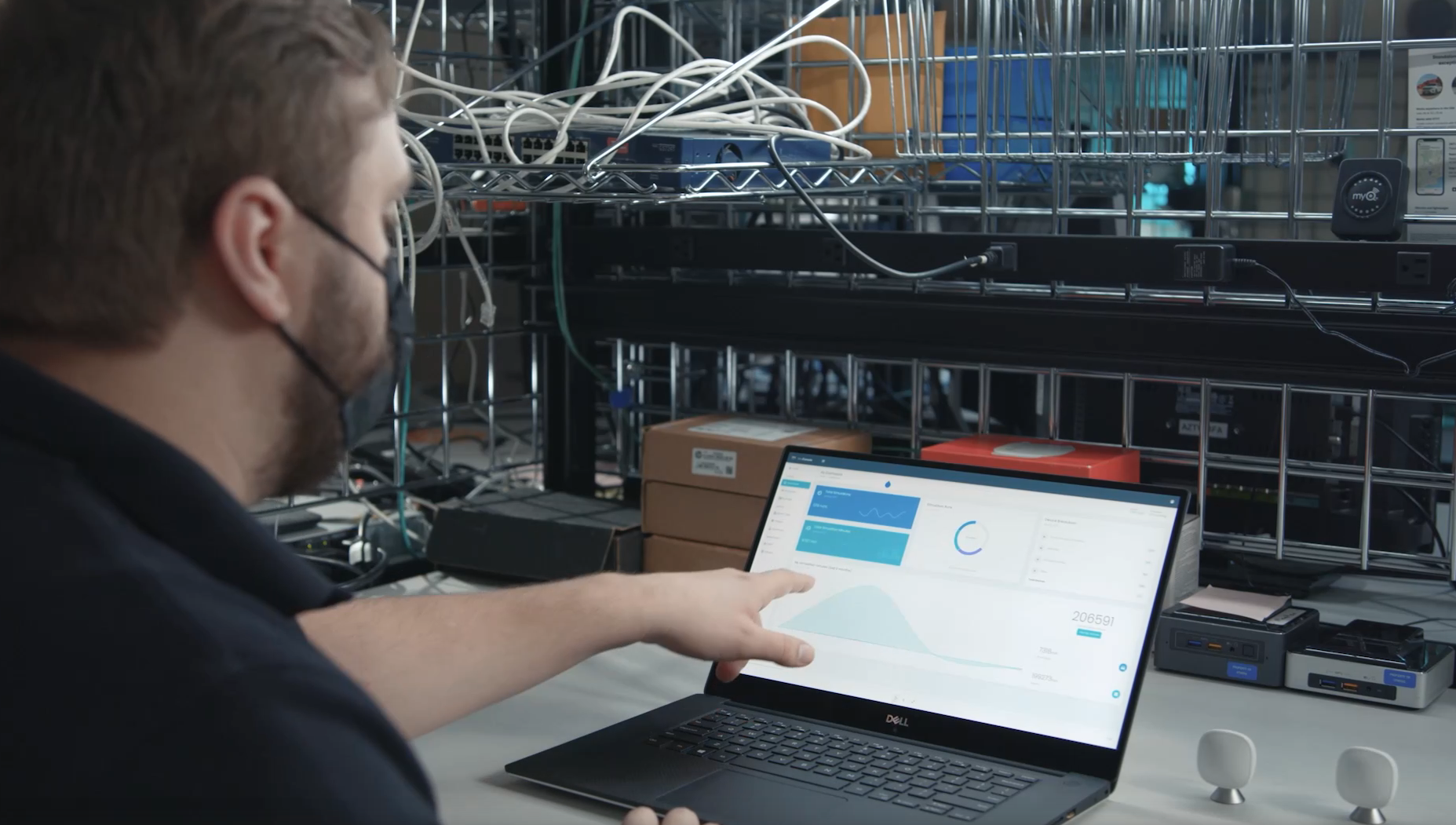
Internet of Things
Internet of Things
Securing connected devices
Securing connected devices
We live in a connected world. From cell phones and wearable health monitors, to navigation systems and videoconferencing technology, there is a sea of web-enabled devices that make up the vast network known as the Internet of Things (IoT).

The expansive IoT—along with significant advances in 5G telecommunications and artificial intelligence—enables innovations, such as the promise of smart grids, smart homes, and smart cities. However, as the number of networked devices grows, so do the devices’ vulnerabilities to cyberattacks.
At Pacific Northwest National Laboratory (PNNL), our researchers are solving current and future challenges in IoT cybersecurity and the development of connected technologies. Combining expertise from across PNNL with realistic test bed capabilities, we are developing solutions that help the world realize the full benefits of IoT, while also mitigating the complex risks that come with it.
Securing connected devices in the real world

PNNL scientists and engineers are working to better understand where IoT technology is going and how we can proactively secure devices and networks against potential threats.
In addition to advancing cybersecurity solutions, our research and development informs IoT best practices, builds more secure information technology connections, and provides important data sets that industry can use to improve network security, energy resilience, and more.
PNNL’s IoT research is anchored by our Internet of Things Common Operating Environment (IoTCOE) test bed laboratory. Equipped with residential and commercial network-enabled devices, the IoTCOE delivers untested hypotheses of IoT experiments, including those in cybersecurity vulnerability detection, threat prevention and identification, energy usage functions, and more. Key focus areas include IoT communications, data analytics, and sensor testing and evaluation.
IoT systems analysis, monitoring, testing, and evaluation
We have a suite of tools and processes that detect, debug, and resolve problems that occur in active and emerging networked systems. Our testing and evaluation of innovations in devices and materials technology furthers device functionality, miniaturization, and performance, and security.
Our researchers have developed a threat modeling methodology to analyze device behavior at all levels of the IoT architecture—device, network, services, and applications. Through this analysis, we can recognize vulnerabilities and present countermeasures to mitigate them.
IoT cybersecurity, data science, operational modeling

We connect our cybersecurity and data science capabilities—including artificial intelligence/machine learning and graph and data analytics—to invigorate existing cyber analytics programs and advance capabilities for autonomous red teaming, autonomic resilience, and cyber vulnerability assessments of critical infrastructure.
Further, researchers use visual analytics data to model operational environments and increase situational understanding of typical network and device behaviors. We also apply our artificial intelligence expertise to simulate smart behavior and support decision-making with little or no human interference. This includes energy efficiency applications, cybersecurity implementation, and machine learning behavioral applications.
As the world continues to change with the advancements in IoT devices, network, cybersecurity, and sensors, we can help move the needle in the direction of safety and security for our sponsors, people, and industry.
